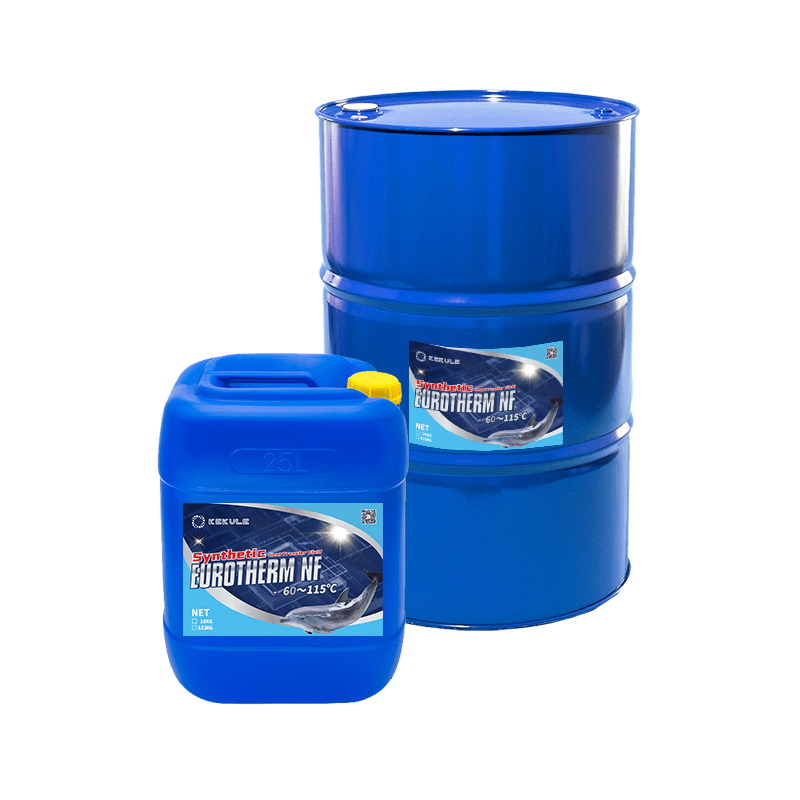Top Guidelines Of Chemie
Top Guidelines Of Chemie
Blog Article
The Only Guide for Chemie
Table of Contents7 Simple Techniques For ChemieThe smart Trick of Chemie That Nobody is Talking AboutThe Only Guide for ChemieChemie Things To Know Before You BuySome Of ChemieRumored Buzz on Chemie
By Bojanna Shantheyanda, Sreya Dutta, Kevin Coscia and David SchiemerDynalene, Inc. Liquid cooling, which can be attained using indirect or direct means, is used in electronic devices applications having thermal power densities that may go beyond safe dissipation via air cooling. Indirect fluid cooling is where warm dissipating electronic components are physically separated from the fluid coolant, whereas in instance of direct air conditioning, the elements remain in straight contact with the coolant.In indirect air conditioning applications the electrical conductivity can be important if there are leakages and/or splilling of the fluids onto the electronics. In the indirect cooling applications where water based liquids with corrosion inhibitors are normally used, the electric conductivity of the fluid coolant mostly relies on the ion concentration in the liquid stream.
The increase in the ion focus in a closed loop liquid stream may take place because of ion leaching from metals and nonmetal components that the coolant liquid touches with. Throughout operation, the electrical conductivity of the fluid might boost to a level which might be harmful for the cooling system.
Our Chemie PDFs
(https://hub.docker.com/u/chemie999)They are bead like polymers that are qualified of trading ions with ions in a remedy that it is in call with. In today work, ion leaching tests were performed with numerous metals and polymers in both ultrapure deionized (DI) water, i.e. water which is treated to the highest degree of pureness, and reduced electrical conductive ethylene glycol/water combination, with the gauged adjustment in conductivity reported in time.
The examples were allowed to equilibrate at area temperature level for 2 days prior to recording the preliminary electrical conductivity. In all examinations reported in this research study liquid electrical conductivity was determined to an accuracy of 1% making use of an Oakton CON 510/CON 6 collection meter which was adjusted prior to each measurement.
Chemie Things To Know Before You Get This
from the wall surface home heating coils to the center of the furnace. The PTFE example containers were put in the heater when steady state temperature levels were reached. The examination setup was gotten rid of from the heating system every 168 hours (7 days), cooled to area temperature with the electric conductivity of the liquid determined.
The electrical conductivity of the fluid example was checked for a total of 5000 hours (208 days). Schematic of the indirect closed loophole cooling experiment set-up. Parts utilized in the indirect closed loophole cooling down experiment that are in call with the liquid coolant.

How Chemie can Save You Time, Stress, and Money.
During operation the fluid tank temperature was maintained at 34C. The modification in liquid electric conductivity was kept an eye on for 136 hours. The fluid from the system was gathered and saved. In a similar way, shut loophole test with ion exchange resin was brought out with the exact same cleansing procedures used. The first electrical conductivity of the 230ml UP-H2O in the system measured 1.84 S/cm.

0.1 g of Dowex material was included to 100g of fluid samples that was taken in a separate container. The mix was stirred and change in the electric conductivity at room temperature was measured every hour. The measured adjustment in the electrical conductivity of the UP-H2O and EG-LC examination fluids containing polymer or steel when involved for 5,000 hours at 80C is shown Number 3.
The Single Strategy To Use For Chemie
Ion seeping experiment: Calculated change in electric conductivity of water and EG-LC coolants including either polymer or metal examples when immersed for 5,000 hours at 80C. The outcomes show that steels contributed less ions into the liquids than plastics in both UP-H2O and EG-LC based coolants.
Liquids including polypropylene and HDPE displayed the most affordable electrical conductivity adjustments. This can be because of the short, stiff, linear chains which are much less most likely to contribute ions than longer branched chains with weaker intermolecular pressures. Silicone also performed well in both examination fluids, as polysiloxanes are generally chemically inert as a result of the high bond energy of the silicon-oxygen bond which would certainly protect against destruction of the product right into the liquid.
Some Known Incorrect Statements About Chemie
It would certainly be anticipated that PVC would generate similar outcomes to those of PTFE and HDPE based on the comparable chemical structures of the materials, nevertheless there might be various other contaminations present in the PVC, such as plasticizers, that may affect the electric conductivity of the fluid - silicone synthetic oil. Additionally, chloride groups in PVC can also leach right into the description examination fluid and can create a rise in electrical conductivity
Buna-N rubber and polyurethane showed signs of degradation and thermal decomposition which suggests that their possible energy as a gasket or glue product at higher temperatures might cause application concerns. Polyurethane totally broke down right into the examination fluid by the end of 5000 hour test. Number 4. Before and after pictures of metal and polymer samples immersed for 5,000 hours at 80C in the ion seeping experiment.
Calculated change in the electrical conductivity of UP-H2O coolant as a feature of time with and without material cartridge in the shut indirect cooling loop experiment. The gauged modification in electrical conductivity of the UP-H2O for 136 hours with and without ion exchange material in the loop is received Figure 5.
Report this page